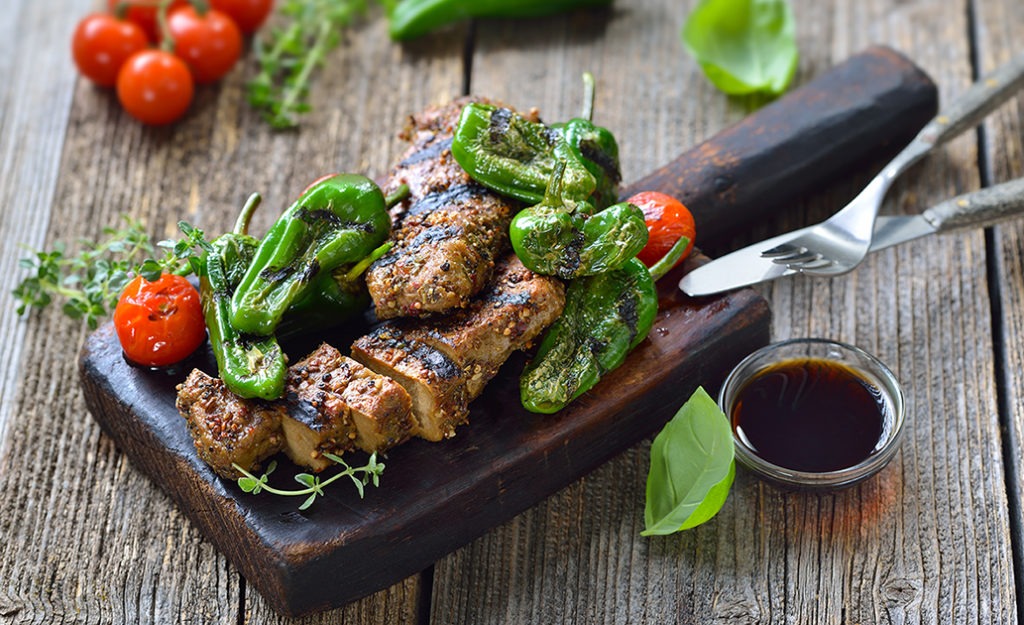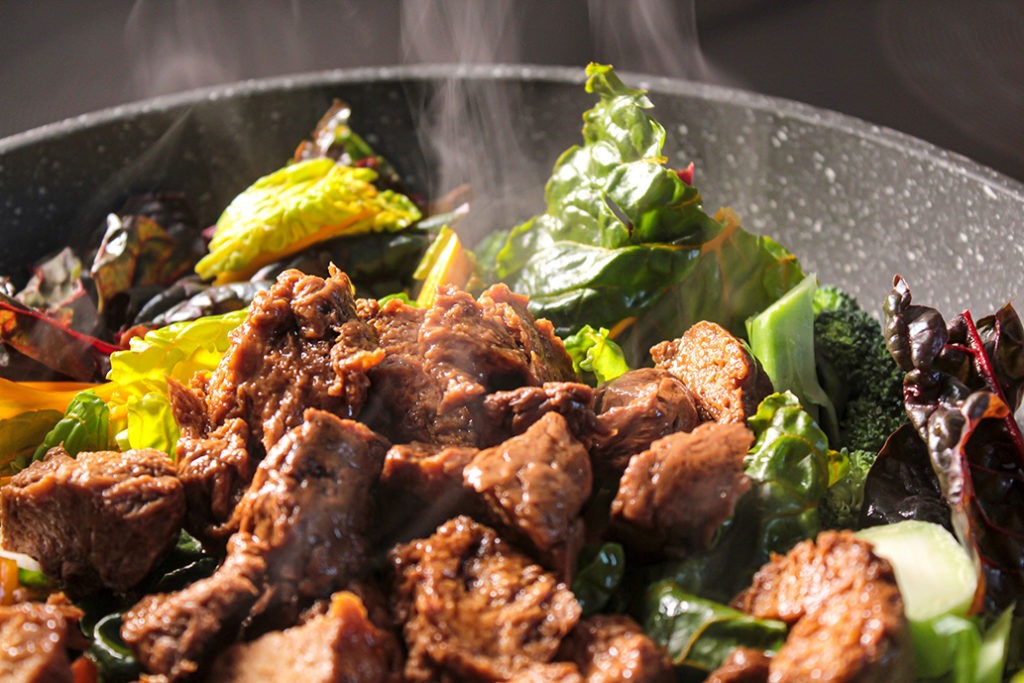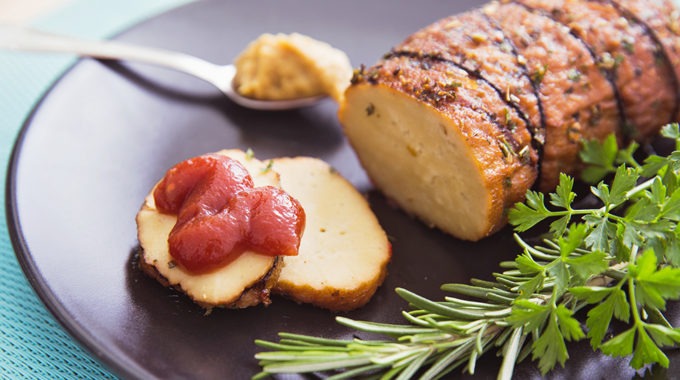Knead to know basis: what is seitan?
It’s the vegan protein alternative that’s trending online. A leading dietitian clues us in on the upsides and downsides of seitan, and explains how easy it is to make your own at home.
The ever-increasing interest in plant-based vegetarian and vegan diets means more people than ever are looking for appealing meat-free protein alternatives. Enter seitan (pronounced say-tan), the latest food trend that’s going viral online.
Seitan is made by washing the starch off flour, so what you’re left with is mainly gluten. Wheat gluten has been used as a substitute for meat in Asia for centuries, particularly among Buddhists, who prefer not to eat meat. George Ohsawa, Japanese advocate for the macrobiotic diet, coined the term “seitan” for wheat gluten in the early 1960s.
Seitan’s versatility and “meatiness” combined with a growing need for tasty, vegan protein options have contributed to its huge increase in popularity worldwide in recent years.

It’s high in protein and iron
As well as being flavoursome and reminiscent of meat, seitan is relatively high in protein and non-haem iron compared to other vegetarian protein foods. One serving around the size of the palm of your hand contains about 75 grams of protein. That’s enough for most adults for a day. Gram for gram, that’s about three times as much protein as beef or lamb.
With about 5 milligrams of iron per 100 grams, seitan has as much iron as kangaroo meat or beef. But as for other plant-based foods, the non-haem iron in seitan is not as readily absorbed as the haem iron found in meats. A small serve of seitan (100g) also contains about 14 grams of carbs. That’s about the same as one slice of bread.
Seitan doesn’t contain any soy, unlike tofu or tempeh, which are both soy-based. So this makes it a good option for people with a soy allergy.
You can make it at home
You can make seitan from just flour and water; it takes about an hour from starting to the finished product. To prepare seitan, combine flour with a little salt and water to form a soft dough. Then keep kneading the dough under cold running water (to remove the starch) until it becomes a stiff, stretchy dough. If you’re in a hurry, you can cheat by mixing commercially available “vital wheat gluten” with water. Either way, once you’ve got the dough, flavour it with spices or sauces and pan fry or boil it.
You can serve your seitan as a steak substitute, sliced and stir-fried, “pulled” like pork or crumbed and made into a vegan schnitzel. Seitan meals have even been known to be mistaken as meat by some fairly serious carnivores!
It might be worth taste-testing ready-made seitan from a shop to check whether you like it before making it yourself. However, this often contains added salt as a preservative. Ensure the sodium content is under 400 milligrams per 100 grams. It’s a good idea to limit your sodium intake – the Heart Foundation recommends no more than 2000 milligrams per day.

So, what’s the downside?
Seitan is definitely not suitable for people with coeliac disease or known adverse reactions to gluten proteins found in wheat. If that’s you, then tofu and legumes are both suitable meat substitutes. Another sustainable, gluten-free meat-alternative option is Quorn, a protein-rich food made using fungi.
If you get a bloated stomach or gut pain after eating bread or pasta but definitely don’t have coeliac disease, it would be interesting to know whether you can tolerate seitan. If you do, it could be you don’t tolerate the carbohydrate part of wheat, but can tolerate gluten. A research team at the University of Newcastle, of which I am a part, is investigating whether people who report gut pain after eating wheat are sensitive to the gluten or to the fermentable carbohydrates (FODMAPs) in wheat.
For everyone else who wants to decrease their meat intake or avoid meat altogether, seitan is versatile and one of the closest in texture and flavour to meat of any vegetarian protein options. So break out the mixing bowls and get kneading.
You can buy vital wheat gluten from The Cruelty Free Shop or the Melbourne Food Ingredient Depot. You can get ready-made seitan from Suzy Spoon’s Vegetarian Butcher or Harris Farm Markets. This article was written by Dr Kerith Duncanson, an Accredited Practising Dietitian and Senior Research Fellow at the University of Newcastle School of Medicine and Public Health, and was originally published by The Conversation.









